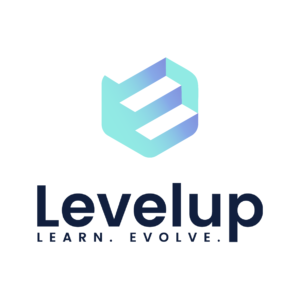Employee Onboarding Process
Onboarding new employees is the first and most important part of an employee’s experience. From meeting new colleagues to adapting to unique company culture, it is not easy to navigate an unfamiliar workplace while feeling like you must fit in. This is where an onboarding program might come in handy. When done correctly, it not only prepares new employees for success but also offers several advantages for the company. In this article, we will discuss why having an effective employee onboarding process is so important and some effective steps to create an employee onboarding process.
Why It Is Important To Have An Onboarding Process?
A well-planned onboarding process can make a stark difference by helping new team members feel welcome and empowered to learn. In a study conducted by CareerBuilder, 93% of employers agree that a successful onboarding plan can influence a new hire’s decision to stay at the company for longer. Organizations need to train each new hire right from day one to increase employee retention. By doing so, they will have greater confidence, get to know the company’s culture, and be more efficient in their job role.
Steps To Create An Effective Employee Onboarding Process
Here are six ways you can develop an effective onboarding training plan that secures a positive employee experience, boosts productivity, and encourages talent to stay at your company longer.
Know Your Onboarding Goal
Before creating an onboarding plan, you first need to determine the goal of onboarding training and understand what you want to achieve from training. You may also ask your existing employees what should be included in training to help new team members perform their daily tasks efficiently.
Your main goal should be to provide the necessary knowledge, skills, and behaviors to learners so that they can become effective for the organization. For example, if you are training marketing personnel, the goal for them could be to deliver a demo to their team that reflects organizational style right after 90 days of onboarding training.
Develop Your Onboarding Team
Once you have determined your onboarding goal, your next step should be to build an eLearning onboarding strategy to figure out who will be taking part in the training program. Developing an onboarding team depends on the company’s size, structure, and roles. For example, you can use spreadsheets for different departments so that you can easily figure out which training role is assigned to which team member. Making such a sheet will eliminate the confusion that may occur in training.
Using The Right Tool For Onboarding
Investing in the right tools is always necessary for effective onboarding training. Even if you have effective onboarding strategies, if you do not have the right onboarding software solutions, you may fail to achieve your goal. It is important to invest in the tools you will need (like an HR system) to collect resources and engage with the employee. Furthermore, you may also need to get a Learning Management System (LMS) to deliver effective onboarding training.
Designing Engaging Training Materials
Grabbing a learner’s attention is quite challenging for trainers. Adding a handful of engaging training materials, such as quick training videos, images, and infographics, can increase the effectiveness of onboarding training. Including engaging content can help learners complete their training on time and create the most valuable experience for your employees.
Explaining topics, especially the difficult ones, can be quite challenging. If not created properly, learners may find it boring and lose interest. You may emphasize on video-based training methods for building employee engagement through the onboarding process. Studies find that people remember up to 50% of what they see and hear, compared to 30% for images and only 10% for words.
Implementing An Onboarding Program
This is the stage at which you can implement your desired onboarding training strategy. To execute a well-structured training plan, you need to consider factors like learner involvement, availability, and delivery method. At this point, you can add gamification features to motivate learners or Instructor-Led Training and video conferencing sessions to make sure employees retain new knowledge.
You may notice that some of your employees complete their training faster, whereas others learn more slowly than expected. This means you need to adjust the training schedule according to the learner’s needs.
Evaluate The Employee Onboarding Process
Evaluating your training program is quite important to know how effective it is and what improvement is required. Even if you have the best employee training program, it may need improvement. You can conduct an online survey or questionnaire as feedback from your learners to make your training more efficient in the future.
Evaluating training programs regularly will help you get an idea of how employees interact with the training content. If possible, conduct surveys and gather feedback from employees as soon as the program is finished so that the information is fresh in the employees’ minds.
Using A Modern LMS For The Employee Onboarding Process
By now, you might have understood how to develop an effective onboarding process. Using the strategies mentioned above may help you create a powerful onboarding experience for new hires or modify your existing employee onboarding process.
Improving your employee onboarding process does not need to take up too many resources. With just a few strategic changes, you can improve your new hire’s first impressions of your company, which may help improve employee retention rates and even productivity levels. An easy way to do that is with a Learning Management System. It comes with everything an enterprise organization needs to streamline the onboarding process.
Image Credits:
- The image within the body of this article was created/supplied by the author.


